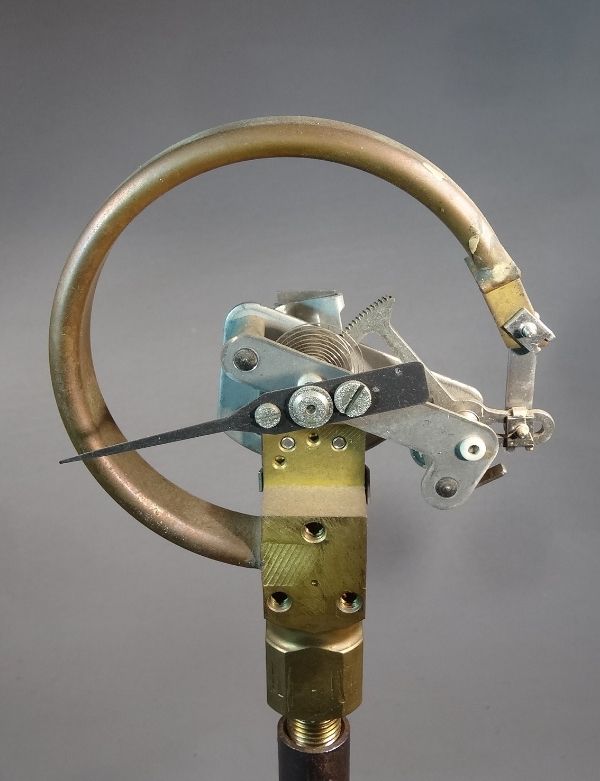| It is currently Fri Apr 19, 2024 9:05 am |
|
All times are UTC - 5 hours [ DST ] |
Gauge Needles
Moderators: Rick Rowlands, tomgears, Randy Hees
 
|
Page 1 of 1 |
[ 9 posts ] |
|
| Author | Message | ||||||
|---|---|---|---|---|---|---|---|
| joe6167 |
|
||||||
|
Joined: Sun Jun 17, 2007 8:03 pm Posts: 1072 Location: Warszawa, Polska |
|
||||||
| JohnHillier |
|
||
|
Joined: Fri Mar 03, 2006 1:45 am Posts: 366 Location: Skagway, Alaska |
|
||
| J3a-614 |
|
||
|
Joined: Fri Mar 05, 2010 3:41 am Posts: 3912 Location: Inwood, W.Va. |
|
||
| joe6167 |
|
||
|
Joined: Sun Jun 17, 2007 8:03 pm Posts: 1072 Location: Warszawa, Polska |
|
||
| EWrice |
|
||
|
Joined: Wed Jan 15, 2014 9:14 am Posts: 353 |
|
||
| Project-6069 |
|
||
|
Joined: Sun Dec 30, 2007 1:12 am Posts: 365 Location: canada |
|
||
| Bruce E. Babcock |
|
||
|
Joined: Mon Apr 19, 2010 9:31 pm Posts: 40 Location: Amanda, Ohio |
|
||
| JeffH |
|
||
|
Joined: Fri Mar 14, 2014 11:44 pm Posts: 200 |
|
||
 
|
Page 1 of 1 |
[ 9 posts ] |
|
All times are UTC - 5 hours [ DST ] |
Who is online |
Users browsing this forum: Google [Bot] and 203 guests |
| You cannot post new topics in this forum You cannot reply to topics in this forum You cannot edit your posts in this forum You cannot delete your posts in this forum You cannot post attachments in this forum |

